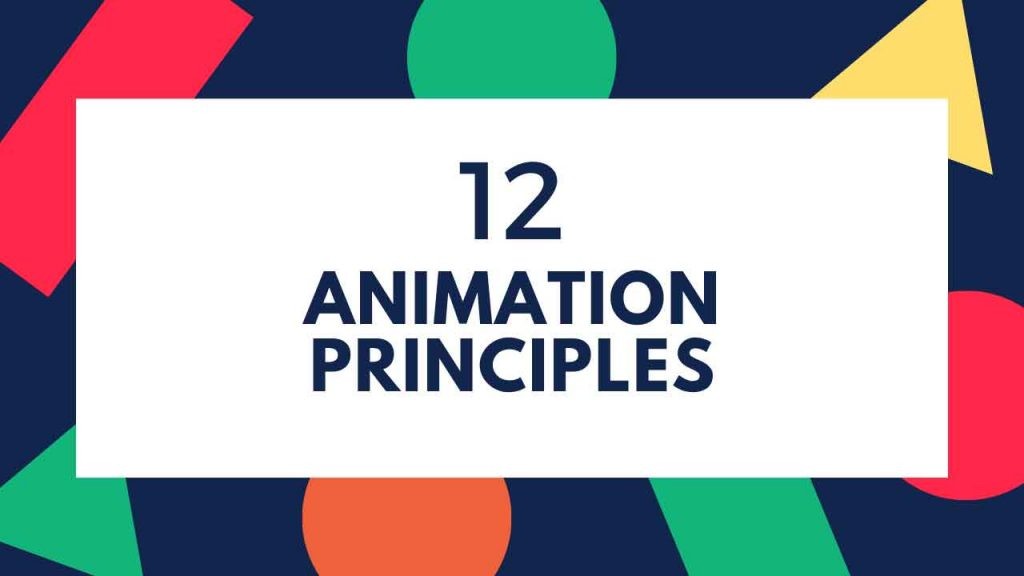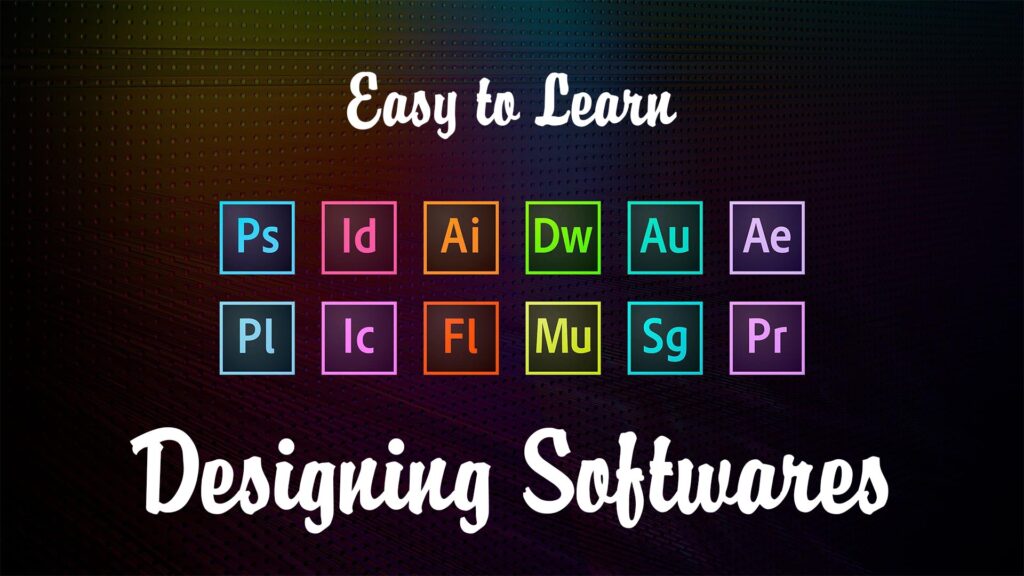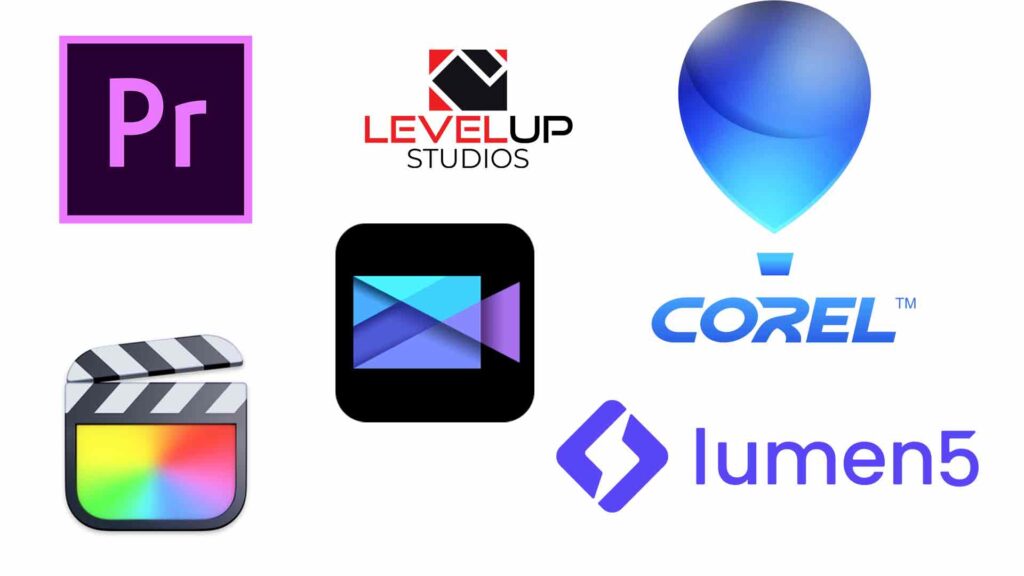THIS ARTICLE MAY CONTAIN AFFILIATE MARKETING LINKS! IN CASE YOU MAKE A PURCHASE THROUGH ONE OF THE LINKS, WE'LL GET A SMALL COMMISSION. WITH NO EXTRA CHARGES TO YOU. THANKS!!
Table of Contents
Two members of Disney’s core animation team of animators named “Nine Old Men”, OLLIE JOHNSTON, and FRANK THOMAS introduced the 12 Animation Principles. They published a book in 1981 called The Illusion Life: Disney Animation in which they purposed the idea of Animation Principles. These 12 principles are based on the work done by the Disney animator from the 1930s onward. One of the leading factors in the formation of these principles was the quest to produce more realistic animations. And to create an illusion of basic Laws of Physics in the animation.
The Animation Principles act as the foundation of all animation work, with their clearest use seen in character animation. Along with their intended use in traditional animation, they are also applicable in 3D animation and motion graphics. Let’s take a look at the 12 animation principles.
12 Animation Principles
The 12 principles consist of:-
- Squash and Stretch
- Anticipation
- Staging
- Straight ahead Action and Pose-to-Pose
- Follow through and Overlapping Action
- Slow In and Slow Out
- Arc
- Secondary Action
- Timing
- Exaggeration
- Solid Drawing
- Appeal
Let’s take a look at them all,
SQUASH AND STRETCH
This principle is considered to be the most important of the 12 animation principles. The use of Squash and Stretch provides flexibility to the objects. When applied properly it gives the objects the illusion of mass, weight, flexibility, and gravity.
While using this principle it is necessary to keep the volume and mass of the objects consistent throughout the animation. For instance, if the object stretches it needs to get thinner and vice-versa.
ANTICIPATION
The principle of Anticipation signals the audience about the event or action that is about to happen. It helps them to get ready for what is about to happen.
One of the easy ways to describe anticipation is by the example of a Pitcher pitching a ball in baseball. The way they move their body and pull their arm back gives the viewer the signal that the ball is about to be thrown. In the same way in animation giving some basic movements to set up the upcoming action is required. And the principle of Anticipation helps in doing so.
STAGING
The principle of Staging is a lot like the rule composition in artwork. Like creating a composition in artwork, this principle helps in setting up the scene of the animation. It dictates the placement of characters, foreground, background, camera angle, and so on.
Staging helps in keeping the focus of the audience on the important things and details in the scene. And helps avoid giving attention to the less important things.
STRAIGHT AHEAD ACTION AND POSE-TO-POSE
This principle deals with the approach of animation that is Straight Ahead and Pose-to-Pose.
The Straight Ahead technique uses the linear approach as it involves the drawing of animation frame-by-frame from beginning to end. It is great for animating fluid and realistic movements.
whereas, in Pose-to-Pose the first and last frames are drawn with a limited number of in-between frames. This technique provides a simple workflow and helps in maintaining proportions and timing.
Both of the techniques are often used in combination for better results in animation.
FOLLOW THROUGH AND OVERLAPPING ACTION
The Principle of Follow through and Overlapping action focuses on the concept that not everything on the object will move at the same speed. For example, when an object stops moving, its different parts will stop at different times.
Follow through deals with the idea that different parts of the object will continue to move after the object has stopped moving. For example, if a character stops after a walk, its arm may continue to move forward before stopping.
While Overlapping is sometimes referred to as drag or lead and follow. It focuses on the fact that different parts of the object will move at different times. For example, if a character is about to wave then its shoulder will move first, followed by its arm, elbow, and finally its hand.
SLOW IN AND SLOW OUT
The Principles of Slow in and Slow out are based on fact. That for any object that moves or stops, there will be time for it to accelerate and decelerate. The simplest way to describe this is to think about that how a car moves and stops. While accelerating car will start slowly while gaining momentum, and its reverse will happen while stopping.
Slow in and Slow out in animation are achieved by proper spacing of the frames. For the purpose of Slow in the frames will be placed close together. Whereas for Slow out the spacing between the frames will be increased.
- What to choose Graphic Design or Animation?
- What Jobs can you get with an Animation Degree?
- What JOBS can Graphic Design get you?
ARC
The Principle of Arc basically talks about making animations in arcs. Due to the law of physics, everything in real life typically moves following some type of arc. For example, when a ball is tossed up into the air, it follows an arc motion while returning due to Earth’s gravity.
SECONDARY ACTION
The Principle of Secondary action focuses on the use of secondary action in the animation. Secondary actions are the actions that are used in the animation to support and emphasize the primary action. The secondary action needs to be subtle in nature so that they do not draw too much attention. For example, the subtle movement in the hair of a character while it is walking.
TIMING
The Principle of Timing is about the number of frames used for a certain action. The number of used frames then determines the speed and timing of the animation. For a better understanding of timing, it is advised to observe the object in real before animating. For example, if the object in real life moves slowly but you animate it moving fast then it will be ineffective. The lack of timing or the wrong use of timing will make the animation look stale, clunky, and bad.
EXAGGERATION
As the name of the principle suggests. Exaggeration is all about exaggerating the actions. It is can be used to create cartoony actions and physical alterations. Adding exaggeration to the animation gives the characters and object more dynamic. It also helps in making the movements and actions more readable.
SOLID DRAWING
In traditional animation, the Principle of Solid Drawing means having great drawing skills. Solid Drawing emphasizes the accurate use of weight, volume, mass, light, shadow, anatomy, pose, and balance. And having the ability to draw in three-dimensional space. But with 3D animation animators have to think about how to pose their 3D assets. So that there is the right weight, and balance.
APPEAL
The Principle of Appeal comes down to the fact of just adding more appeal in the animation. The animation must have appeal for the viewer. In order to add appeal to the animation different things can be done such as adding exaggeration to character pose.







